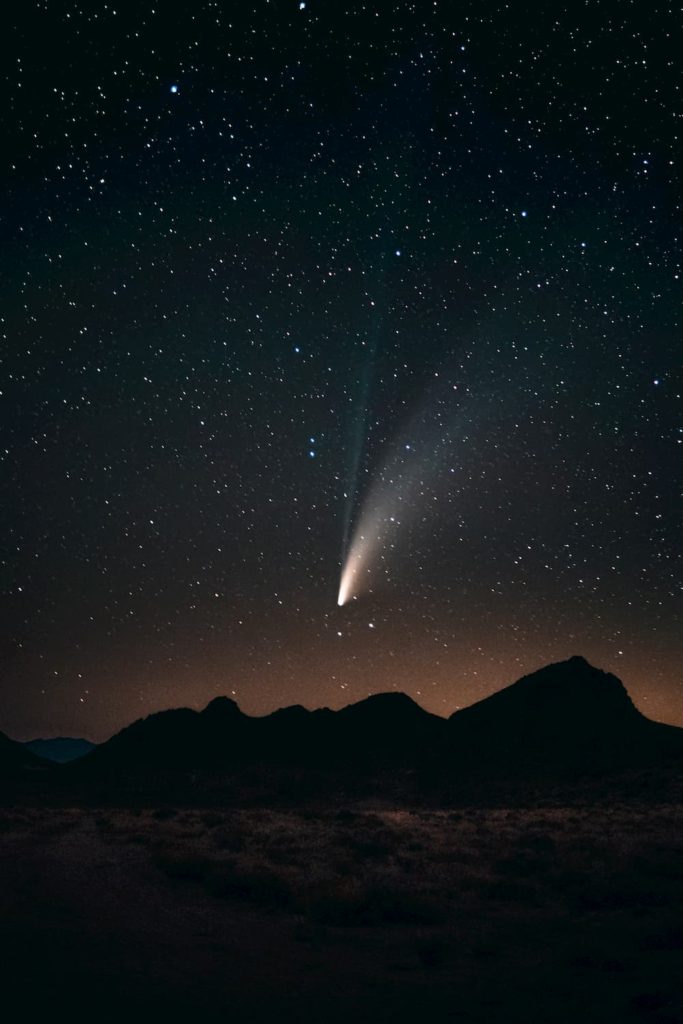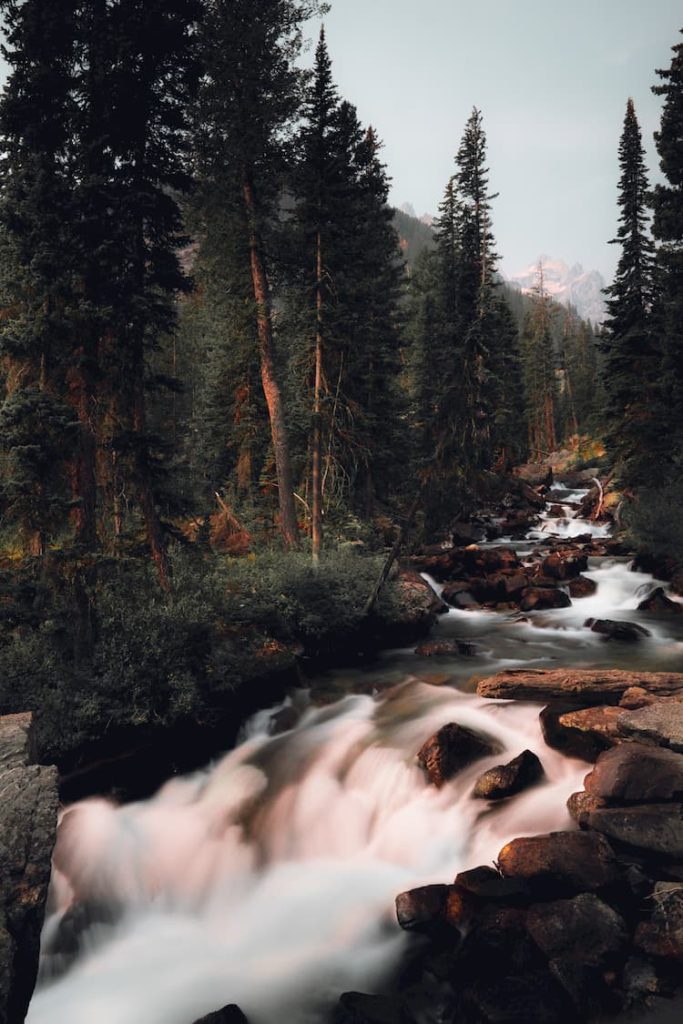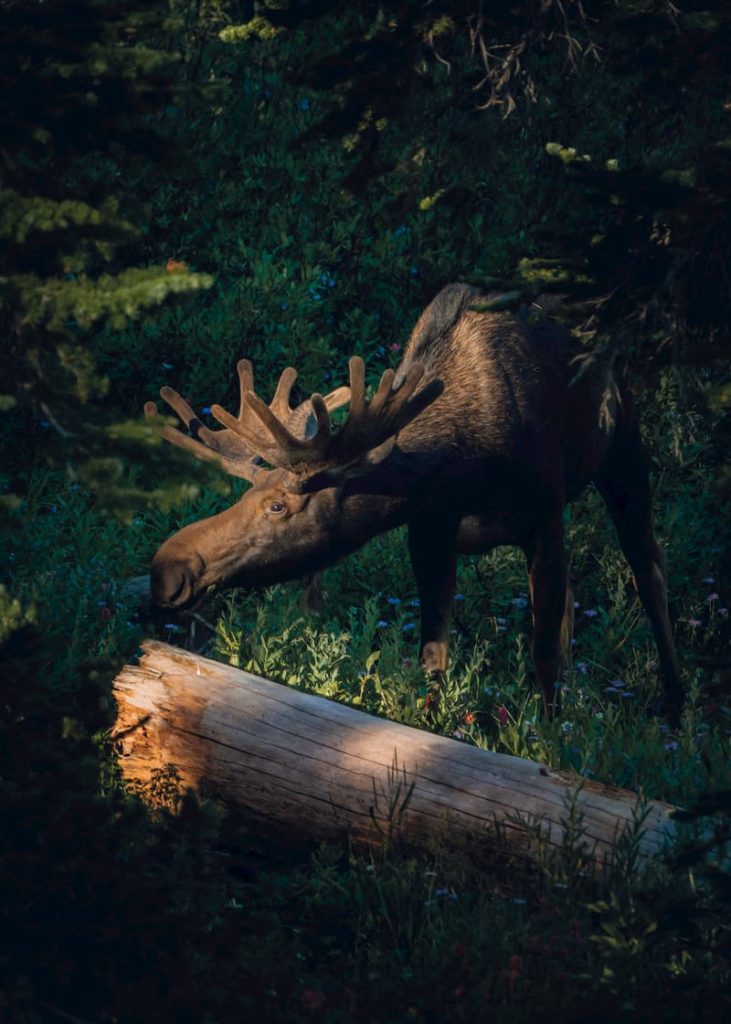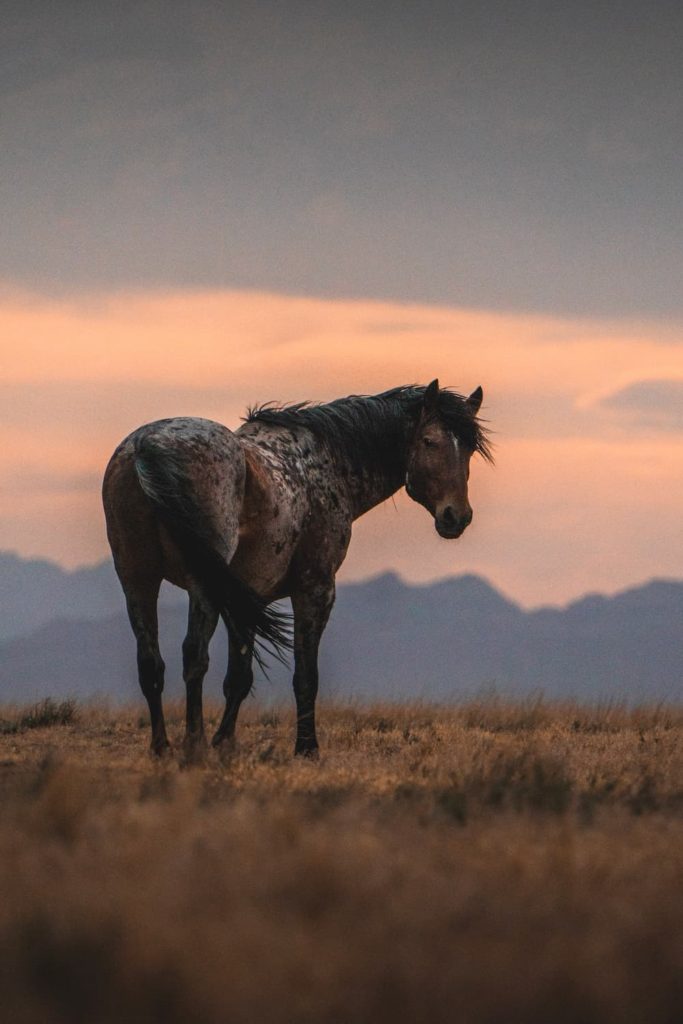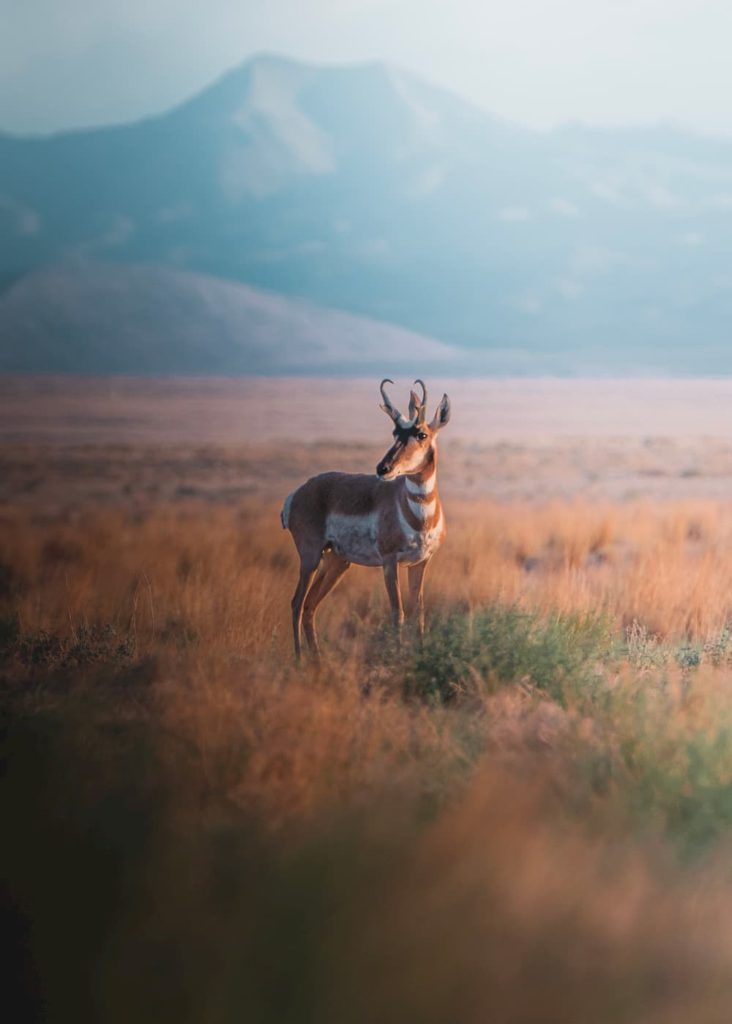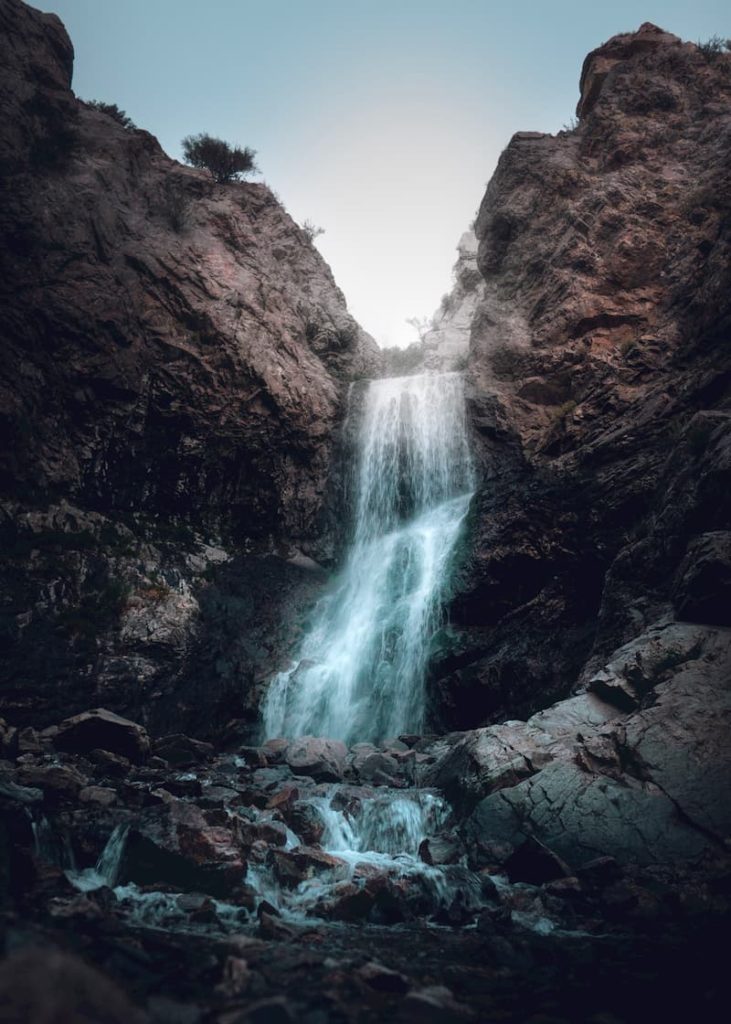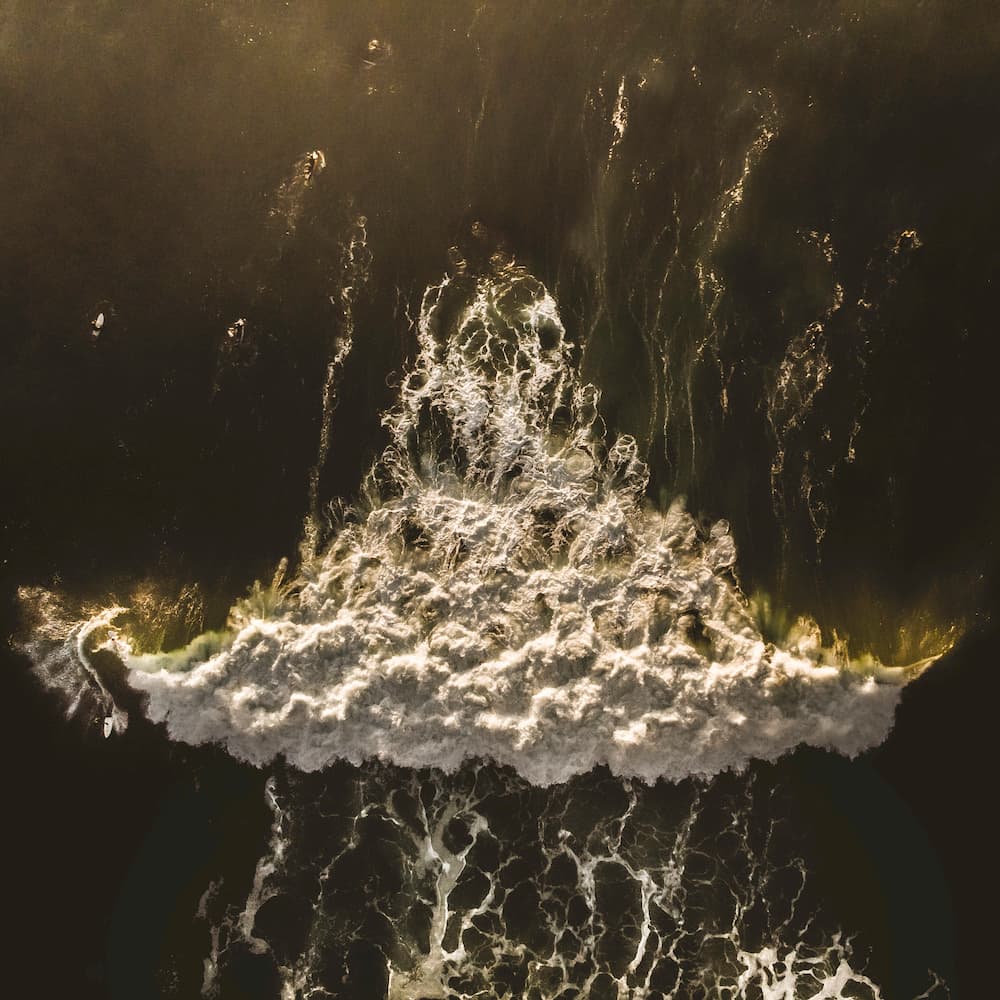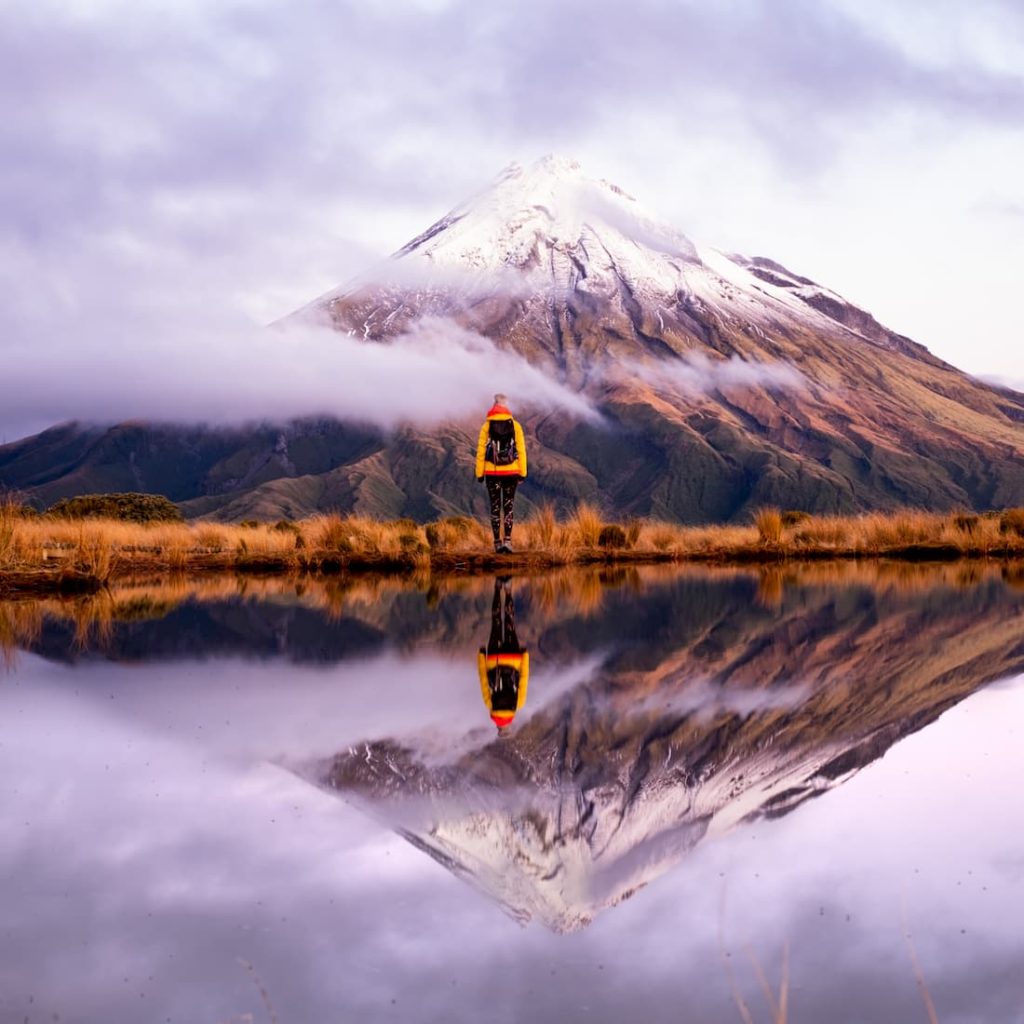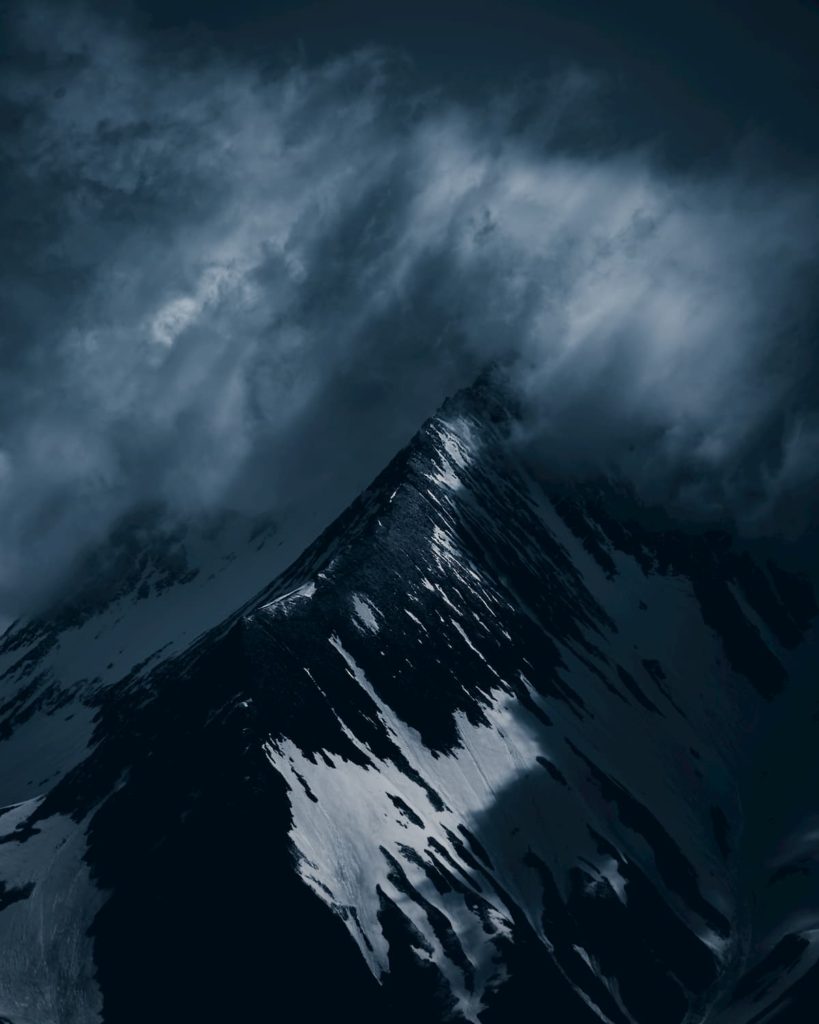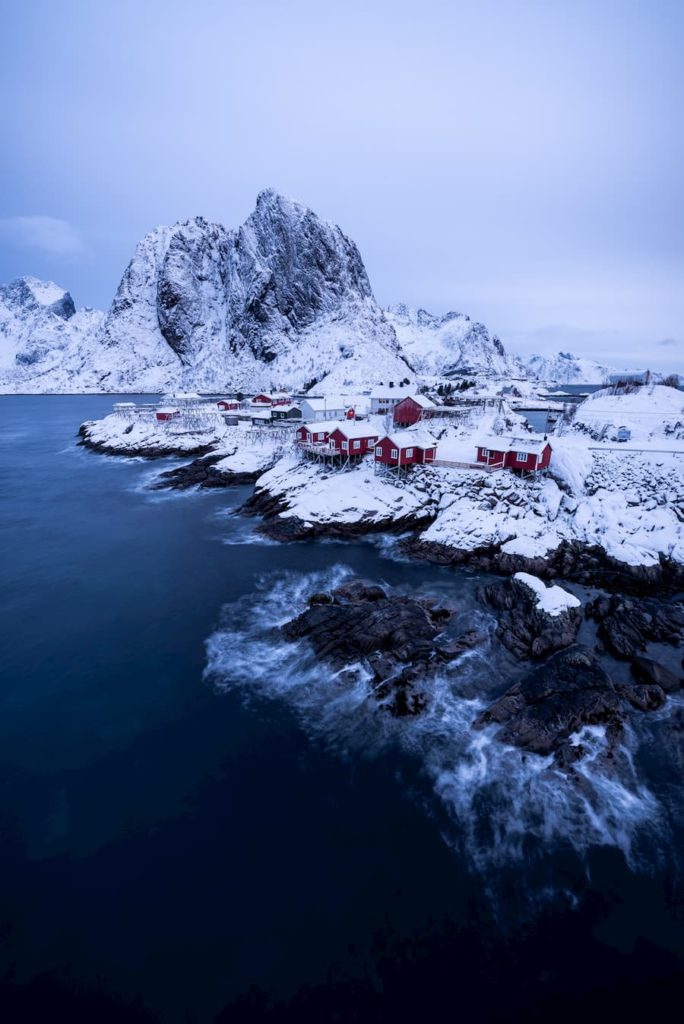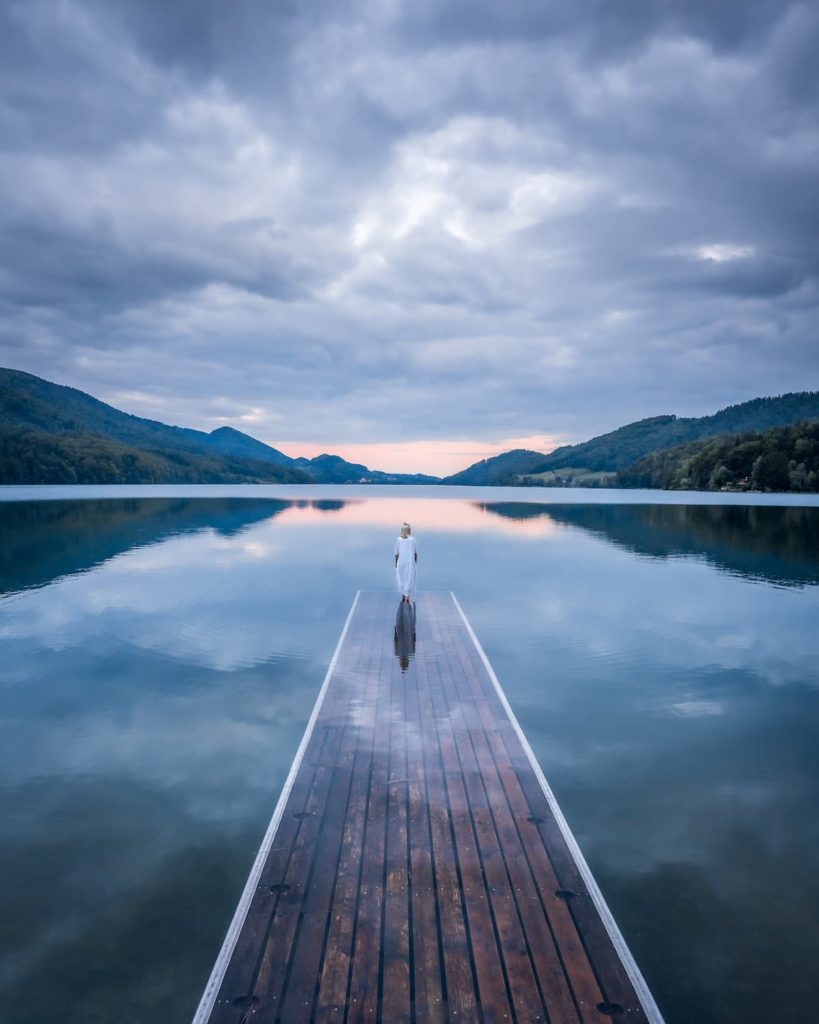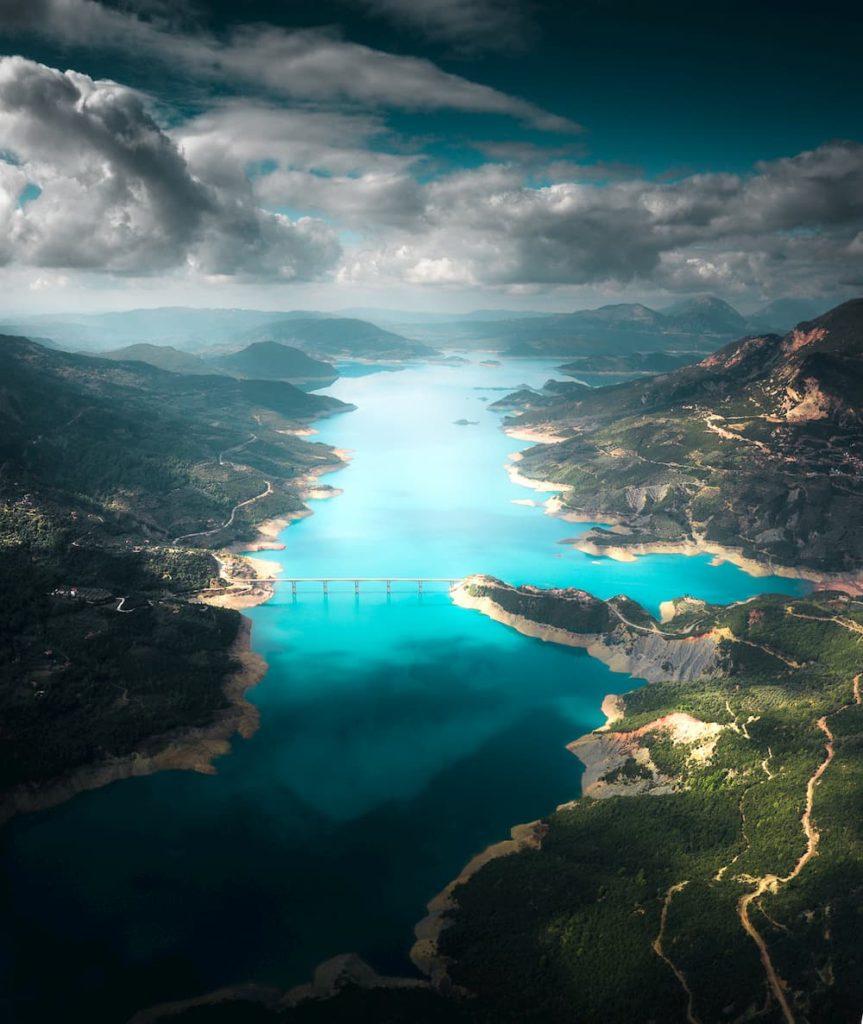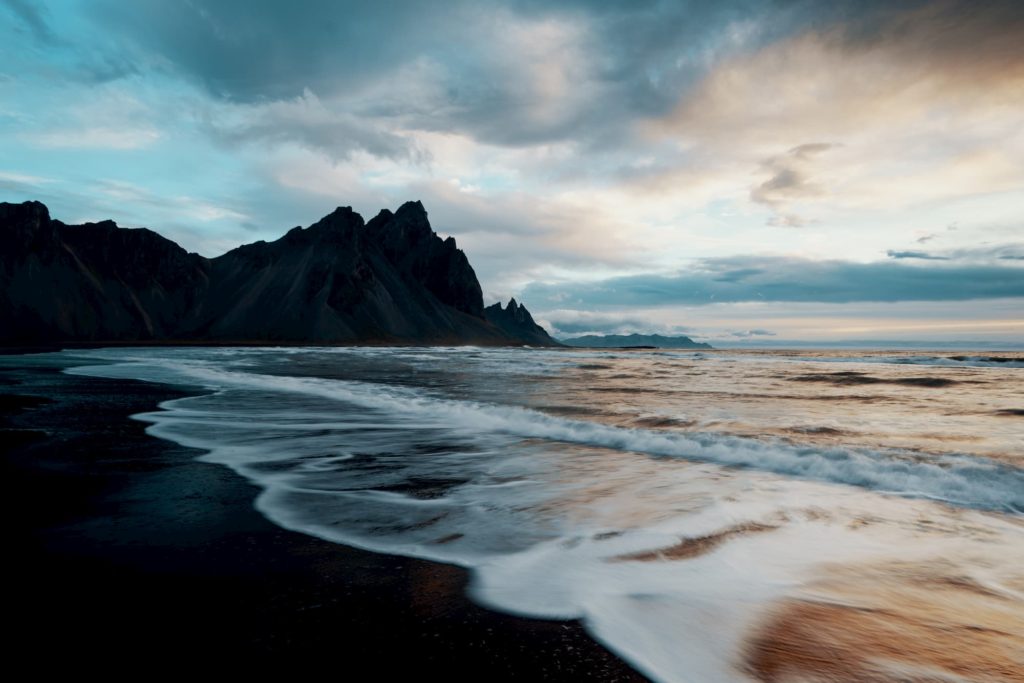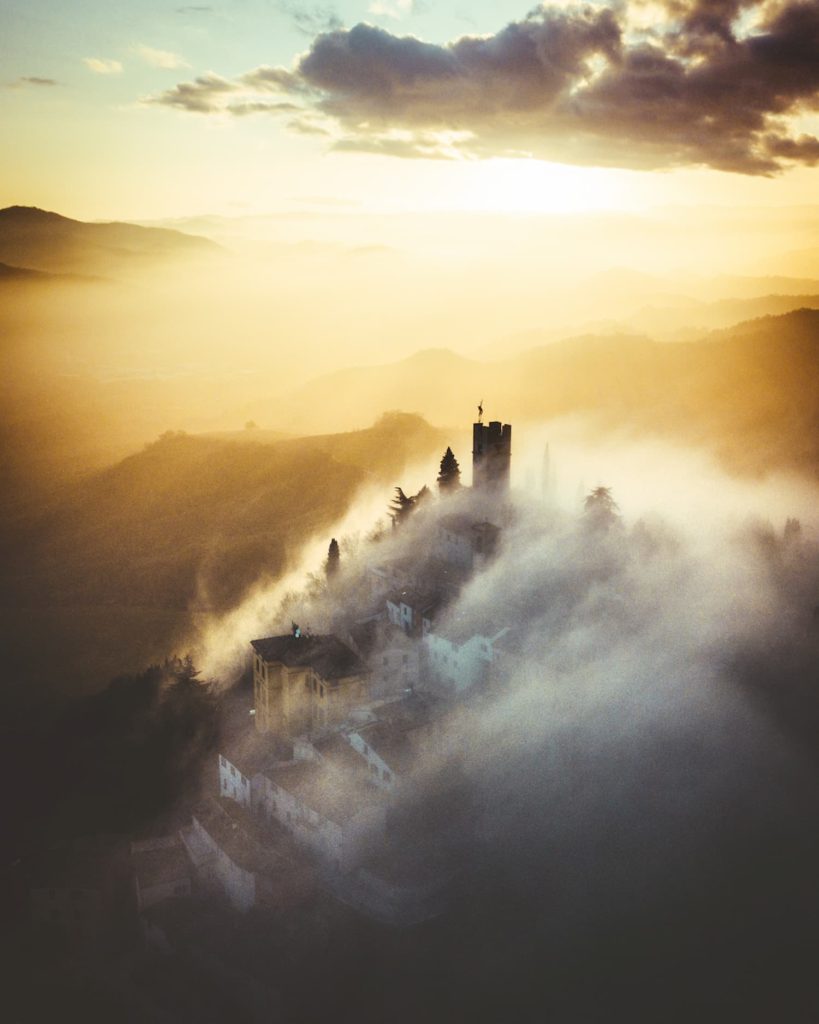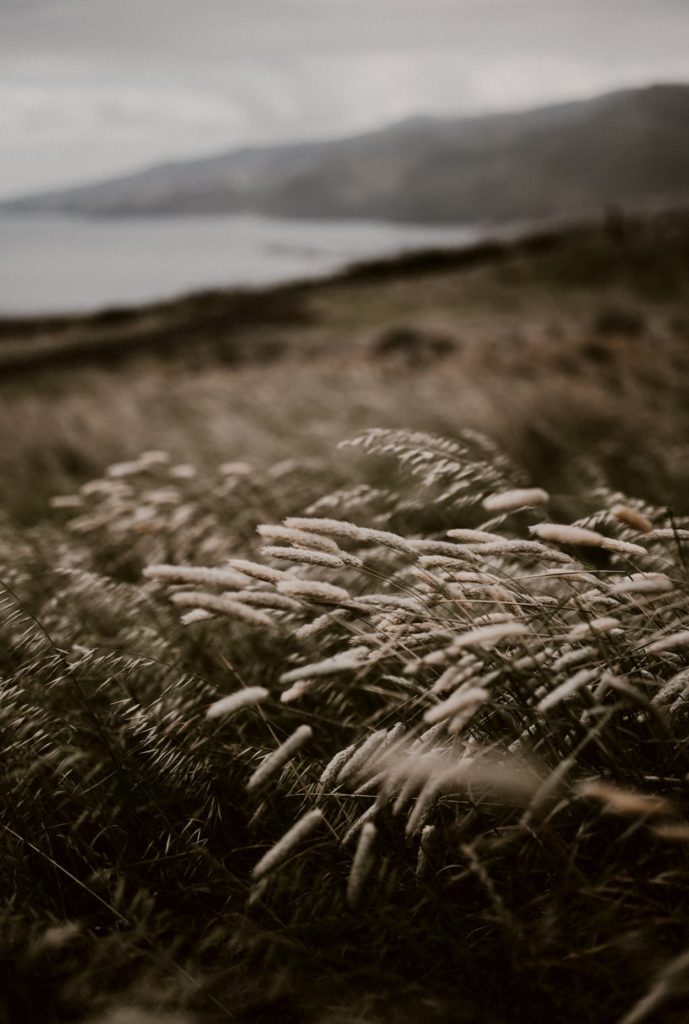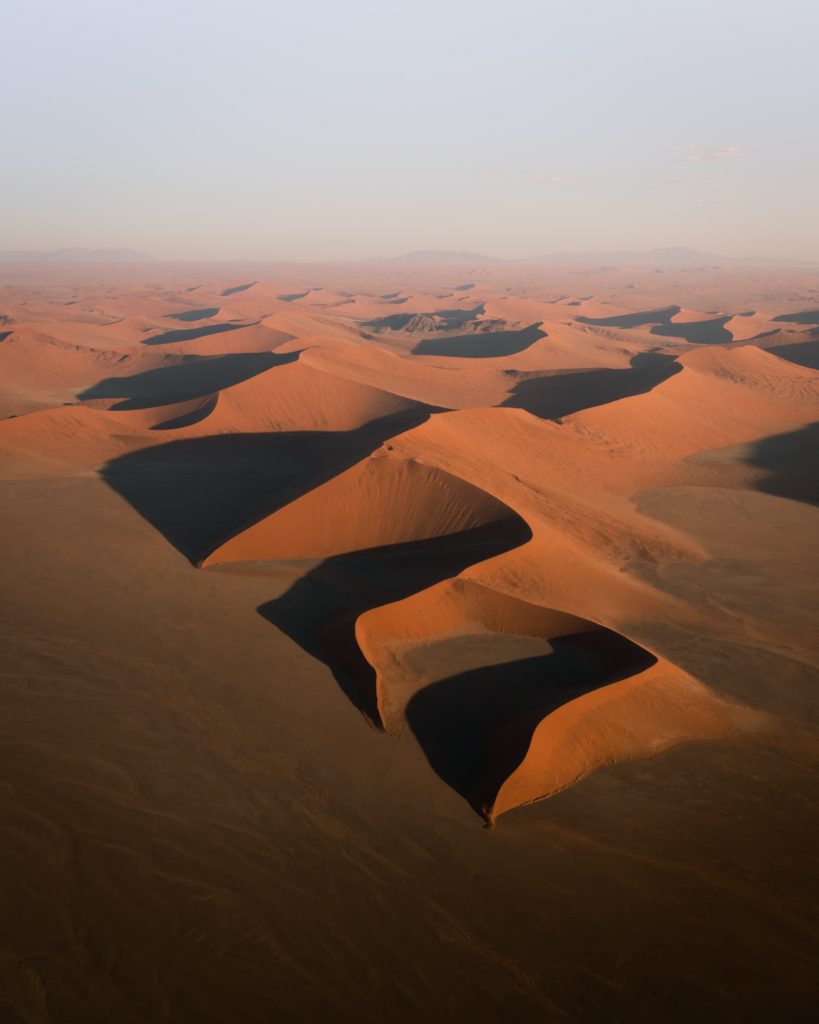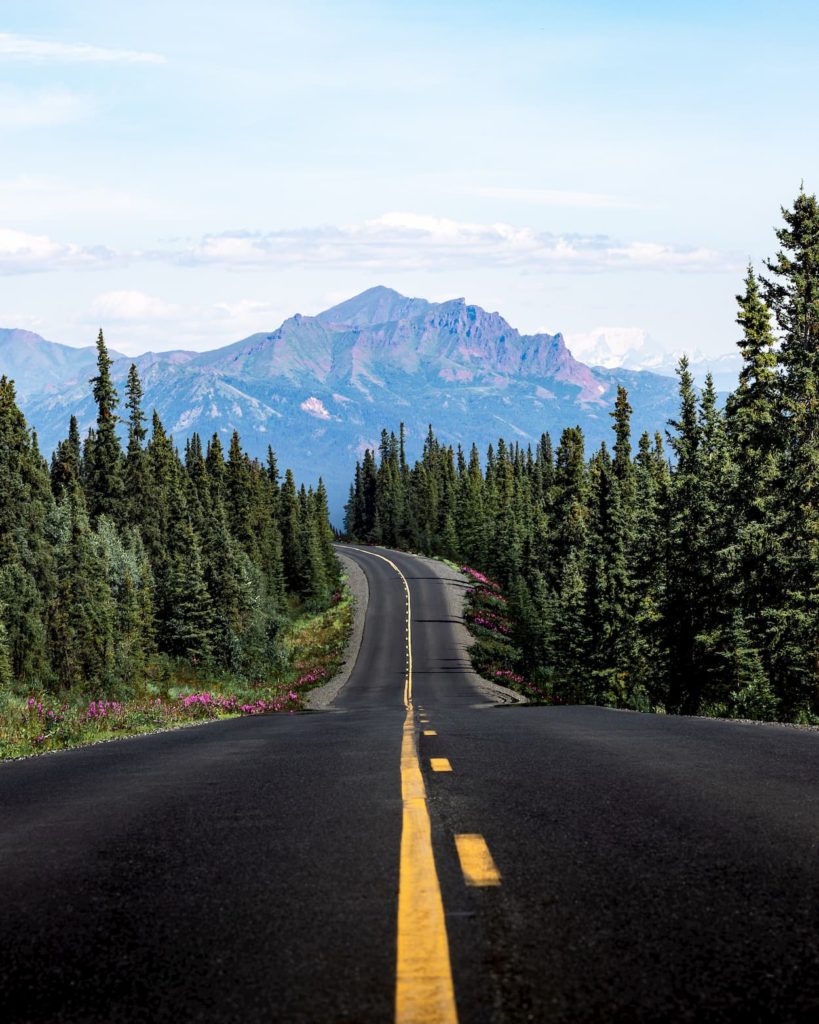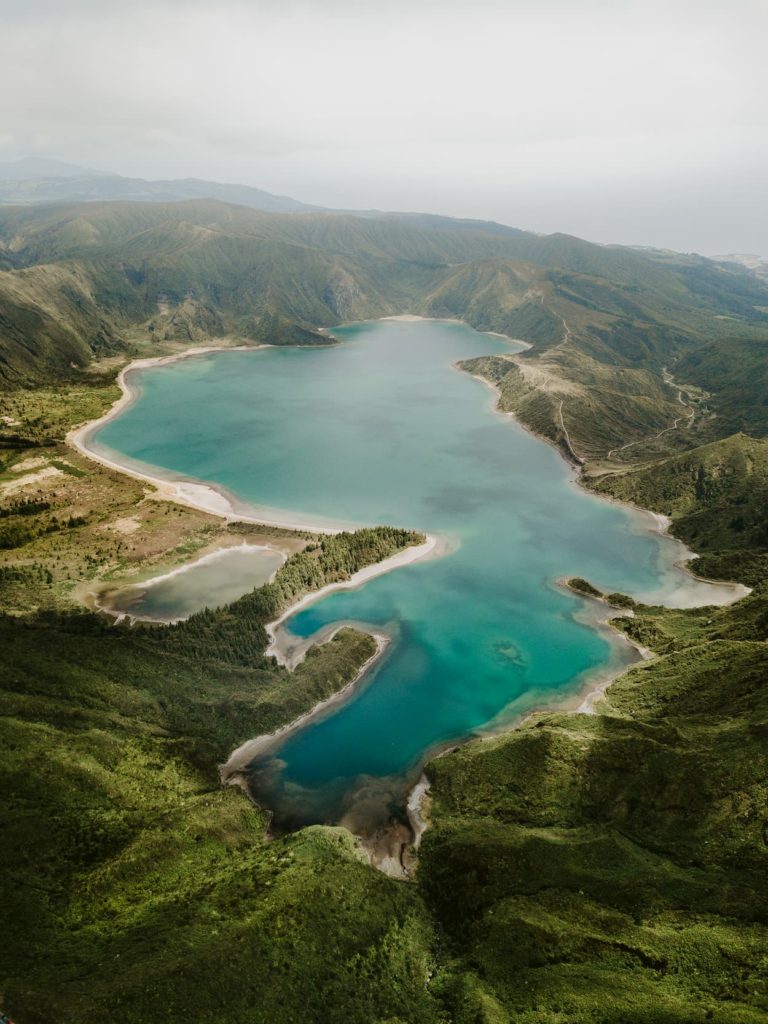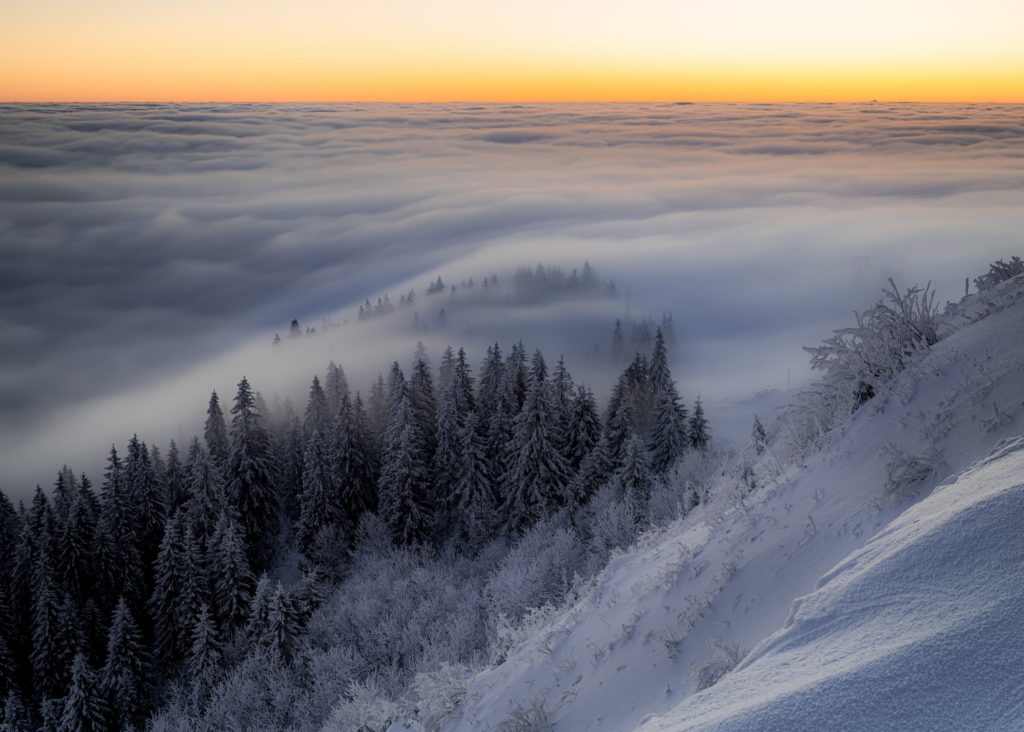
Marcus Sacco
@marcootzzz
Landscape photographer based in the US
I had never seen mountains until a family trip to Alaska. Witnessing for myself the scale of so much raw Earth had awoken something in me during that trip. It was a feeling I knew I needed more of in my life, and from that point it was my mission to get out of the midwest U.S. and into the mountains. In the summer of 2017, after spending a couple years learning to code, I was offered a new career in Utah. I was thrilled, knowing I was in for an abundance of wildlife and a variety of landscapes. Utah has lived up to its reputation as a photographer’s playground.
"With vast landscapes to explore within such a short distance of home, I’ve had the opportunity to photograph forests, mountains, deserts and wildlife that I had only ever wished I could visit. Now it’s my home."
"A huge part of my passion for photography comes from how valuable the natural world is."
There isn’t anything more important than the careful preservation of the ecosystems so many life forms depend on. Right now it is under threat more than at any point in human civilization. We rely on the balance and stability of nature in order to flourish as a species. This planet is our one and only home. There is no backup. I think every chance we are given to share how precious this planet is should be taken, and photography is my medium of choice.
"My passion is also driven by the ability to share a mood, or an aesthetic - as cliche as those words have become."
A photo that can make me feel something, take me somewhere, or convey the scale of a scene. A single frame having that kind of power is amazing to me and it got me obsessed. While I’m in the field, I experience the thrill of capturing beautiful scenes in nature, and when I get home – the reward of reviewing and editing the photos I took. It’s a gift that just keeps giving. On weekdays, I enjoy sunrise hikes around alpine lakes and photographing moose as the day begins. It’s my favorite way to start the day. On weekends, I go on adventures with friends to explore new areas. Finding the darkest skies for night sky photos, and encountering an animal for the first time make for unforgettable moments. Most importantly, getting out into nature provides a much needed reset after a busy week. These trips give me an appreciation both for the natural world and for the comforts I’m fortunate enough to have when I return home.
I may drive hundreds of miles to capture the milky way in the darkest night skies only to find nothing but clouds. Regardless of any failure, there’s much to be grateful for in any experience you may have, and failures are the greatest opportunities to learn and grow.
There’s nothing more important than learning from others more talented than you if you wish to grow in any area. I’m kind of shameless about stealing the best ideas I see in the work of other photographers. If something about the quality of a photo speaks to me, I try to incorporate it into my own work. I think with enough time and experimentation, one’s own unique style ends up becoming the result of this process.
"You naturally develop a character to your photos that is an amalgamation of all the photographers you’ve learned from."
Most recently, Morten Hilmer has been a huge inspiration to me as a photographer. He shares a wealth of knowledge in his YouTube videos, and it’s obvious that he absolutely loves and respects the wildlife he captures. That kind of respect is a quality that is always clear in the photos from a great nature photographer. His passion is infectious, and he gets me excited to get out and push myself to capture truly exceptional moments. Any occasion I encounter an animal I haven’t seen before is a new love story. That first encounter is always a little awkward. My heart is racing, I’m not quite sure how to read the animal, or how I’m supposed to behave without scaring it off. I do the best I can to capture a decent photo during these initial encounters, but it’s always the following visits that I can do my best work.
A very impactful moment was on the last day of my trip to Grand Teton National Park, when my best friend and I were on a morning hike to a beautiful waterfall. For years, I’d wanted a chance to photograph a wild bear. To and from the falls, we kept hearing from other hikers that there was a bear near the trail. It wasn’t until I had all but given up hope of seeing one that I looked to my right and noticed a young black bear foraging for berries about forty feet away. I immediately dialed in my camera and started taking photos. I didn’t dare move from where I was, but as the bear continued foraging, it came closer and closer until it was just fifteen feet away. It was so peaceful and unconcerned with my presence that I was able to focus completely on taking the best photos I could while I had this little bit of time with the bear. It was during these moments that I took what I think may be my favorite photo that I’ve ever shot.
"Nature leads its own life and is full of surprises."
The most valuable lesson I’ve learned on a trip is that the wilderness is no place for preparedness to take a back seat, especially when you’re totally alone with no way of contacting civilization. As the sun set over the Capitol Reef Scenic Byway, miles into my drive to capture night sky photos, I realized I was driving on a dried up creek bed. As I approached my chosen location, my tires started to spin, my vehicle sunk into the sand, and completely bottomed out. After spending hours trying to dig out my vehicle, completely alone, with no cell signal and not another soul in sight, I decided to make the hike to the only place of business within 20 miles the next morning. After a long walk and a lot of reflection, I had a tow truck follow my tracks into the middle of nowhere. In hindsight, it would’ve only taken a little preparation and caution to prevent what could have been a much worse ordeal.
My parents named me after the Roman emperor and stoic philosopher, Marcus Aurelius. As I’ve grown older I’ve found his writings to be invaluable. His thoughts on how to be a happy, virtuous, patient person are something I carry with me in my daily life – whether it’s in rush hour traffic, or when I want to appreciate everything nature has to offer while I’m doing my best to capture its beauty in a photograph.
Would you like content like this sent to your inbox?
MUST READ STORIES OF AUGUST
MUST READ STORIES OF JULY
MUST READ STORIES OF JUNE
MUST READ STORIES OF MAY
NOMADICT
ART GALLERY
THE LATEST STORIES
WRITEN WITH PASSION TO INSPIRE YOU
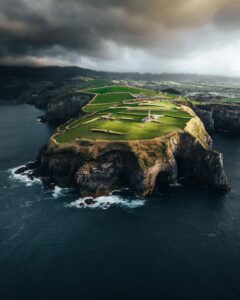
Photo tour in Azores, Portugal
Join us in the Azores for a unique photo tour, where you’ll elevate your creative skills with expert guidance from Ronald Soethje, Bruno Ázera, and Nomadict.
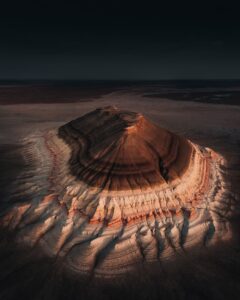
Forest Kai (@forest1kai): Photographer based in the US
In this article, Forest shares how years of chasing scale, silence, and raw landscapes shaped his approach to photography, from the deserts of Kazakhstan to the volcanic ridges of Iceland. He talks about how he uses light, texture, and vast negative space to create images that feel both intimate and overwhelming.
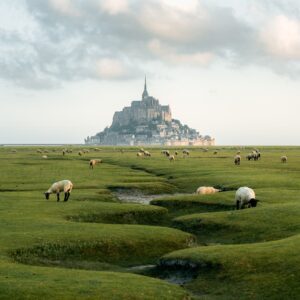
Simon Hechtbauer (@roamwithsimon): Best of the Week 32 at #nomadict
Simon shares the journey behind his photography, from early inspirations to field techniques, editing, and the story of the winning shot that shaped his path.

Miroslav Maršík (@miromarsik): Photographer based in Czech Republic
In this article, Miro shares how his love for cinematic music evolved into a deep passion for photography and how he uses light, color, and atmosphere to turn the streets of Prague into living film scenes.

Aurora photography panorama workflow: A guide to camera settings, editing, and color
In this article, Stefanie reveals how her background in physics sparked her passion for astrophotography and how she blends science with creativity to capture the beauty of the night sky. Readers will discover her approach to color, contrast, and editing, as well as her aurora photography workflow.

Yhabril (@yhabril): Best of the Week 33 at #nomadict
Spanish photographer Yhabril captures the profound connection between humans and the mountains that shaped him. Growing up in the Pyrenees, his work bridges outdoor sports, landscapes, and celestial scenes — often blending athletes, moonlight, and wilderness into striking visual stories.

Ariane Totzke (@besondersschwierig): Photographer based in Switzerland
In this article, Ariane shares how photography helped her navigate personal challenges, connect authentically with people and animals, and develop a philosophy rooted in empathy and artistic freedom. Readers will also discover her ethical approach to wildlife photography and her trusted equipment for both camouflage techniques and cameras.

How to photograph Dutch tulip fields: A guide to light, gear, composition, and colors
Discover how to photograph Dutch tulip fields in their most magical light. From choosing the right gear and lenses to mastering composition, color, and aerial perspectives, this guide shares creative techniques to capture the beauty of the Netherlands’ tulips. Learn how light, color grading, and proportion bring emotion into every frame.
